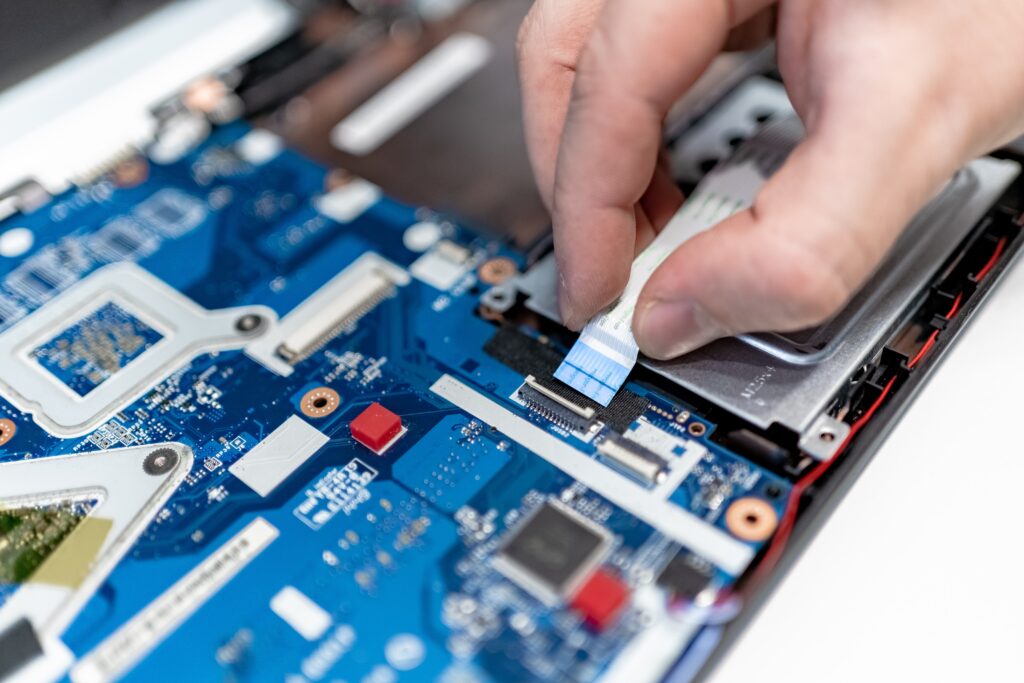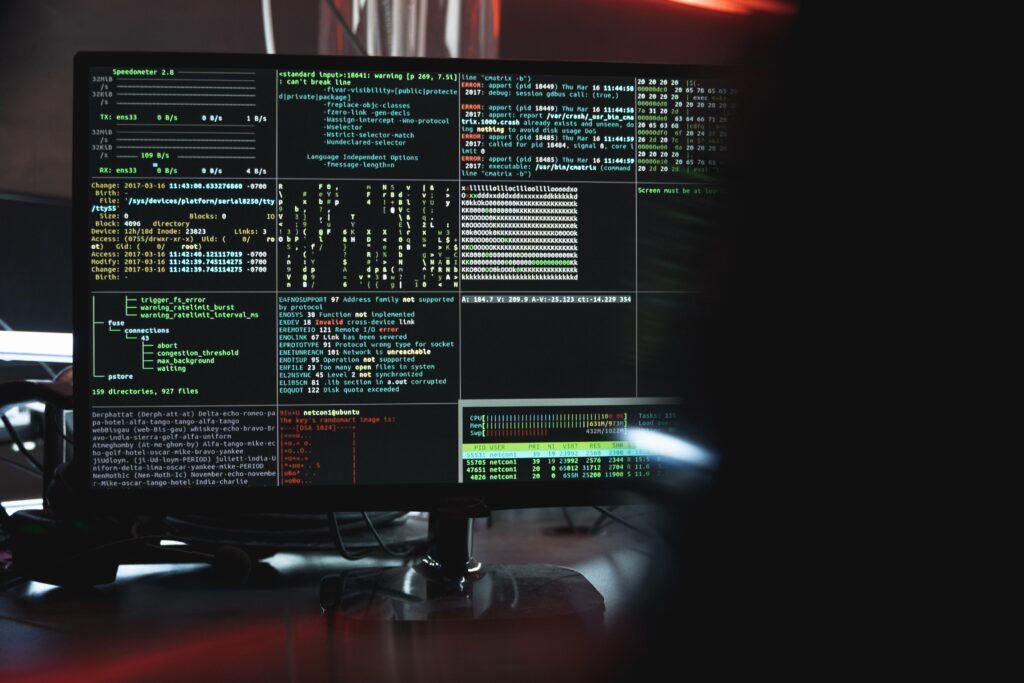
In an era where cyber threats are becoming more sophisticated and pervasive, traditional cybersecurity models are proving to be inadequate in safeguarding modern businesses. Enter the “Zero Trust” security model – a revolutionary approach that challenges the conventional perimeter-based defenses and embraces a new paradigm of security. This article delves into the concept of Zero Trust, its principles, and the ways it is reshaping the cybersecurity landscape for businesses.
Understanding Zero Trust Security
At its core, the Zero Trust security model is based on the fundamental principle of “never trust, always verify.” Unlike traditional perimeter-based models that grant access based on location, Zero Trust operates under the assumption that no user or system, whether inside or outside the network, should be inherently trusted. Instead, every access request is thoroughly verified and validated before granting entry. The state of Zero Trust report for 2022 claims:
“More than half of the organizations surveyed (55%) for Okta’s annual report on the framework have a Zero Trust initiative in place, and the vast majority (97%) plan to have one in the coming 12 to 18 months.”
Key Principles of Zero Trust
- Least Privilege Access Zero Trust restricts access to only the resources necessary for a user’s role, minimizing potential attack vectors.
- Micro-Segmentation Networks are divided into smaller segments to limit lateral movement, containing potential breaches.
- Continuous Monitoring Ongoing monitoring of user behavior and system activities ensures swift detection of anomalies.
- Strict Authentication Multi-factor authentication and strong identity verification are essential components of Zero Trust.
Redefining Cybersecurity for Modern Businesses
- Addressing Insider Threats Zero Trust helps mitigate insider threats by ensuring that even internal users are subject to continuous scrutiny.
- Securing Remote Workforces With the rise of remote work, the Zero Trust model is particularly relevant in verifying the identity and devices of remote users.
- Cloud-Centric Security As businesses transition to the cloud, Zero Trust provides granular control over cloud resources and data.
- Adaptive Security By adapting security measures based on real-time conditions, Zero Trust offers dynamic protection against evolving threats.
Differences Between OT and IT Zero Trust
Both Operational Technology (OT) and Information Technology (IT) systems are critical to the functioning of modern businesses, yet they operate in distinct environments and have unique characteristics that necessitate tailored security strategies under the Zero Trust framework.

Operational Technology (OT) Zero Trust
OT systems are the backbone of industrial control environments, encompassing sectors such as manufacturing, energy, transportation, and healthcare. These systems manage physical processes and are interconnected with sensors, controllers, and machinery.
The application of Zero Trust in OT requires careful consideration due to the following differences:
Legacy Infrastructure
Many OT systems are built on legacy technology that lacks the security features found in modern IT networks. Implementing Zero Trust in such environments involves addressing compatibility issues and upgrading systems while ensuring continuous operations.
Availability is Paramount
Unlike IT systems where data confidentiality is a primary concern, OT systems prioritize availability and operational integrity. Disruptions to OT systems can have far-reaching consequences, making access management and segmentation critical for maintaining functionality.
Real-Time Processing
OT systems often require real-time processing and control, leaving little room for latency introduced by complex security checks. Implementing Zero Trust in OT necessitates striking a balance between stringent security measures and maintaining timely responses.
Holistic Approach
In OT, a holistic approach to security is essential. Zero Trust extends beyond digital security to encompass physical security, as breaches can have tangible impacts on physical equipment and human safety.
I would recommend taking this OT risk assessment to determine your level of cyber security risk.

Information Technology (IT) Zero Trust
IT systems encompass traditional computing environments and data processing. The application of Zero Trust principles in IT environments shares commonalities with the broader concept of Zero Trust, but key differences arise due to the nature of IT operations:
Data Privacy and Confidentiality
IT systems deal with vast amounts of sensitive data, making confidentiality a prime concern. Zero Trust implementations in IT environments emphasize secure data handling, encryption, and access controls to prevent unauthorized data exposure.
User-Centric Focus
In IT environments, users play a significant role in data access and system interactions. Zero Trust models in IT revolve around user identity management, multi-factor authentication, and fine-grained access controls.
Dynamic Workflows
IT environments are characterized by dynamic workflows, software updates, and diverse applications. Zero Trust strategies in IT involve continuous monitoring for anomalous behavior, rapid response to security incidents, and adaptive access management.
Cloud Integration
Cloud computing and virtualization are common in IT environments. Zero Trust principles are applied to cloud-based resources, emphasizing secure identity federation, secure APIs, and zero-trust networking.
Convergence and Collaboration
Despite these differences, the convergence of OT and IT systems in modern businesses demands a cohesive security strategy. The implementation of Zero Trust across both domains necessitates collaboration between traditionally separate teams, such as OT engineers and IT security experts. This collaboration ensures a comprehensive approach to security that considers the unique characteristics of both OT and IT systems.

Implementing Zero Trust
To effectively implement the Zero Trust security model, organizations must embrace a holistic approach that encompasses various aspects of their digital ecosystem. The following strategies are pivotal in translating the principles of Zero Trust into actionable security measures:
Asset Identification and Classification
One of the foundational steps in Zero Trust implementation is to identify and classify critical assets within the organization. This involves understanding the value of data, applications, and systems, and categorizing them based on their significance to business operations. By classifying assets, organizations can tailor access requirements, ensuring that only authorized personnel have access to sensitive resources.
User Identity Management and Strong Authentication
User identity management plays a central role in the Zero Trust model. Robust authentication mechanisms, including multi-factor authentication (MFA), help validate the identities of users attempting to access systems and resources. MFA adds an extra layer of security by requiring users to provide multiple forms of verification before gaining access, reducing the risk of unauthorized entry even in the event of compromised credentials.
Segmentation and Micro-Segmentation
Network segmentation is a cornerstone of Zero Trust architecture. By segmenting networks, organizations create isolated zones that help contain potential threats and prevent lateral movement in case of a breach. Micro-segmentation takes this concept further by dividing segments into smaller, granular units. This approach restricts lateral movement to an unprecedented degree, minimizing the impact of any security incidents.
Continuous Monitoring and Anomaly Detection
Traditional security models often focus on preventive measures, but Zero Trust emphasizes continuous monitoring and rapid response. Employing advanced monitoring tools and behavior analytics allows organizations to establish a baseline of normal behavior. Any deviations from this baseline trigger alerts, enabling security teams to swiftly detect and respond to potential threats or anomalous activities.
Integration and Automation
Implementing Zero Trust is not a one-time effort; it requires ongoing management and adaptation. Integration of security tools, logging systems, and incident response mechanisms is crucial for a cohesive Zero Trust strategy. Automation plays a vital role in enforcing access controls, provisioning and deprovisioning user accounts, and responding to security events in real-time.
User Education and Awareness
A Zero Trust strategy is only as strong as the understanding of the individuals who interact with the systems. Educating users about security best practices, the importance of strong authentication, and the rationale behind access controls fosters a culture of security awareness. Empowered users become an integral part of the defense against social engineering attacks and unauthorized access attempts.
Challenges and Considerations
Implementing a Zero Trust model requires a shift in mindset and a comprehensive overhaul of existing security practices. Organizations may face challenges related to complexity, user experience, and integration. However, the long-term benefits of enhanced security, reduced risk, and regulatory compliance outweigh the initial hurdles.
The Future of Cybersecurity
As cyber threats evolve, the Zero Trust security model is poised to become a cornerstone of modern cybersecurity strategies. Businesses that adopt Zero Trust are not only better equipped to defend against current threats but also to anticipate and thwart emerging ones.
Embracing Zero Trust for a Secure Future
In a landscape where cyber threats continue to escalate, the Zero Trust security model stands as a beacon of innovation. By redefining how organizations approach cybersecurity, Zero Trust empowers businesses to create a safer digital environment. Embracing the principles of Zero Trust is not just an investment in security; it’s a commitment to building a resilient and adaptive defense against the ever-evolving landscape of cyber risks.




